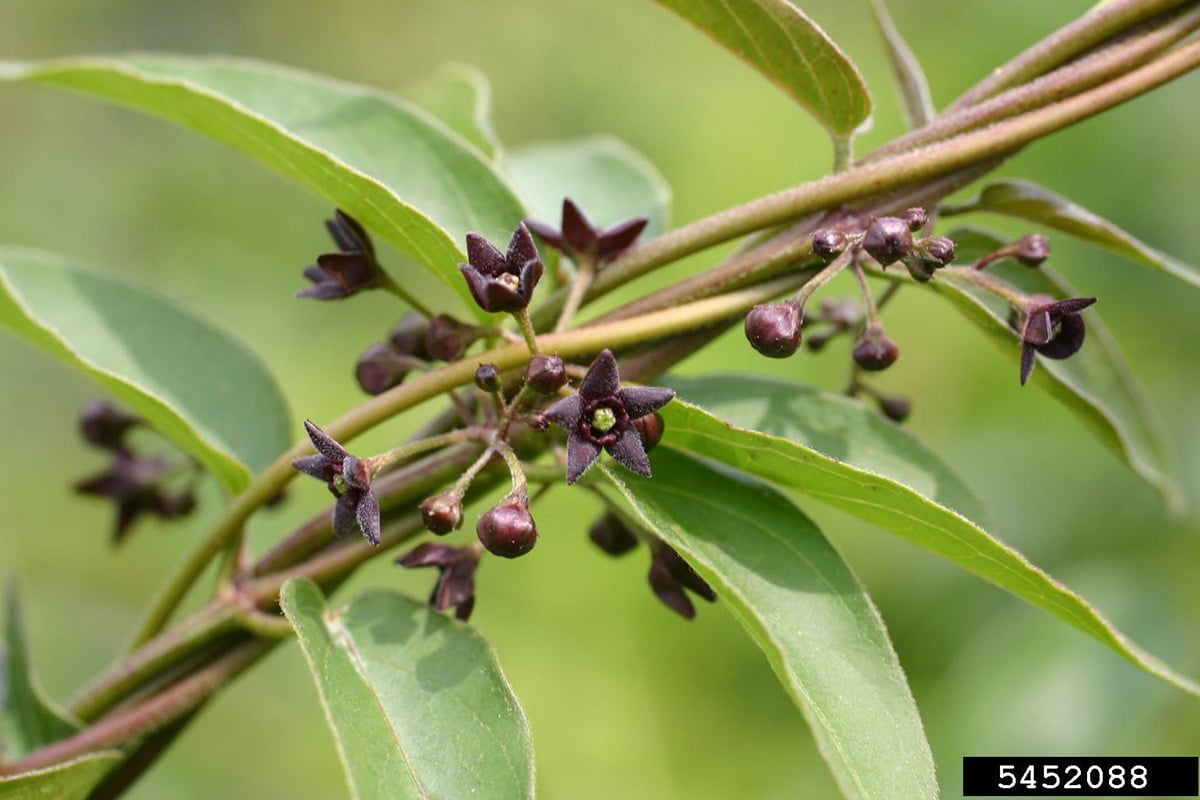Invasive Plants in Massachusetts
Use of Herbicides for Invasive Plant Control
Herbicides are a category of pesticides that can be an effective tool for invasive plant management but must be carefully and thoughtfully used to avoid damage to non-target species and to protect the health and safety of the user, the public, and the environment.
Considerations and Regulations
Use of herbicides requires careful consideration and planning. Mass Audubon has a policy on pesticide use that sets forth important considerations, including alternatives analysis, in any decision to use herbicides for invasive plant control.
Nationally, all herbicides are regulated by the federal Environmental Protection Agency. In Massachusetts, herbicides are also regulated by the Massachusetts Department of Agricultural Resources (MDAR). Although anyone can use herbicides on land that they own, you must be licensed by MDAR to apply herbicides on land you do not own.
When using herbicides, federal law requires that you follow the directions on the herbicide label. The label provides information on how and where the herbicide may be used. This includes methods of applying herbicides, the timing of herbicide applications, and health and safety rules to protect the herbicide applicator and the public.
Types of Herbicide
There are a number of types of herbicides that are commonly used for invasive plant control. Here are some of the terms you should know if you are considering using herbicides for invasive plant control.
Systemic Herbicide
A systemic herbicide is an herbicide that when applied to the leaves or other portions of a plant is translocated throughout the plant, including the roots. This generally results in the death of the entire plant, rather than just the portions directly treated with herbicide.
Many plants can regrow from the roots if only the above ground portion of the plant is destroyed. Systemic herbicides can prevent this by killing the roots. In some invasive species, the root system may be larger than the parts of the plant visible above ground. Such plants will usually regrow vigorously if the roots are not destroyed.
Contact Herbicide
A contact herbicide is a chemical that kills only the portion of the plant it is applied to. Herbicides of this type do not kill the roots of a plant but may be effective in controlling annual weeds or seedlings that do not have a well developed root system.
Active Ingredient
The active ingredient in an herbicide is the chemical that actually kills the plant. Most herbicides include other chemicals that are added to improve the effectiveness of the active ingredient or to dilute the herbicide to the proper concentration for use without mixing.
The active ingredient is different from the trade name of the herbicide product. The name and concentration of active ingredient is listed on the label attached to all pesticide products.
Broad-spectrum (or non-selective) Herbicide
A broad-spectrum herbicide is an herbicide that contains an active ingredient that will kill all or most plants. Glyphosate is a common active ingredient in broad-spectrum herbicides frequently used for invasive plant control.
Broad-leaf Herbicide
A broad-leaf herbicide is an herbicide that will kill most broad leaf plants but will generally not kill grasses and other grass-like plants. Triclopyr is a common active ingredient in broad-leaf herbicides used for invasive plant control.
Broad-lead herbicides are particularly useful for controlling broad-leaf invasive plants, such as swallow-wort, in fields where grasses are present.
Stay Connected
Don't miss a beat on all the ways you can get outdoors, celebrate nature, and get involved.



